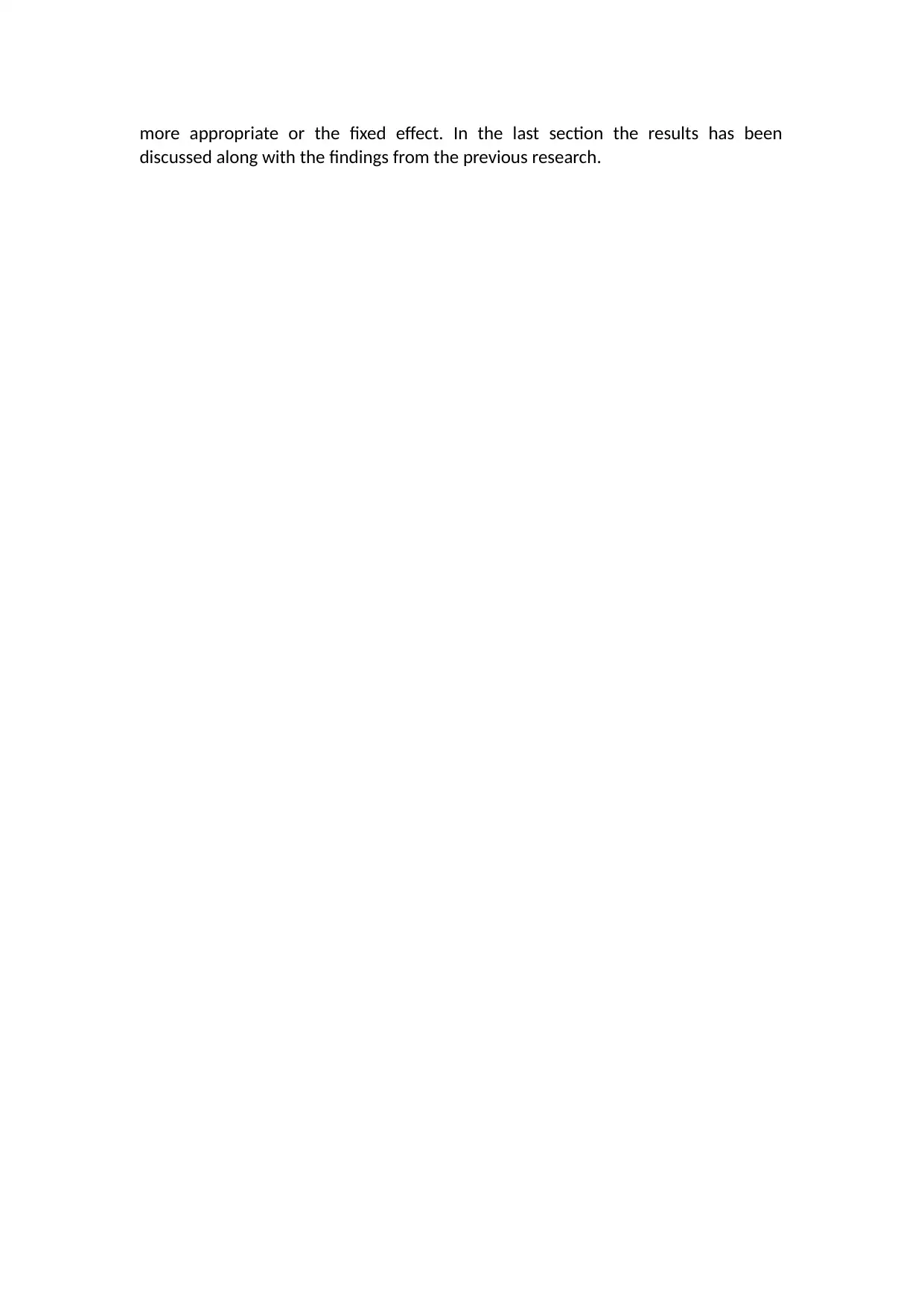Analysis of Corporate Social Performance on Financial Performance
VerifiedAdded on 2023/06/10
|2
|570
|401
Project
AI Summary
This project investigates the impact of corporate social performance (CSP) on financial performance in the US market, using secondary data from S&P 500 companies. Financial performance is measured by Return on Equity (ROE) and Return on Assets (ROA), while CSP is assessed using KLD scores, considering environmental, employee, community, customer, and governance factors. The research employs data cleaning, descriptive statistics, and inferential analysis, including correlation and regression analysis (fixed and random effects), to determine the relationship between CSP and financial outcomes. Control variables such as sales margin and current assets are also considered. The analysis utilizes SPSS statistical software to examine the data, including descriptive statistics (mean, median, skewness, kurtosis, etc.) and tests for multicollinearity, normality and heteroskedasticity. The findings are then compared with previous research to draw conclusions about the impact of CSP on financial performance.
1 out of 2








![[object Object]](/_next/static/media/star-bottom.7253800d.svg)